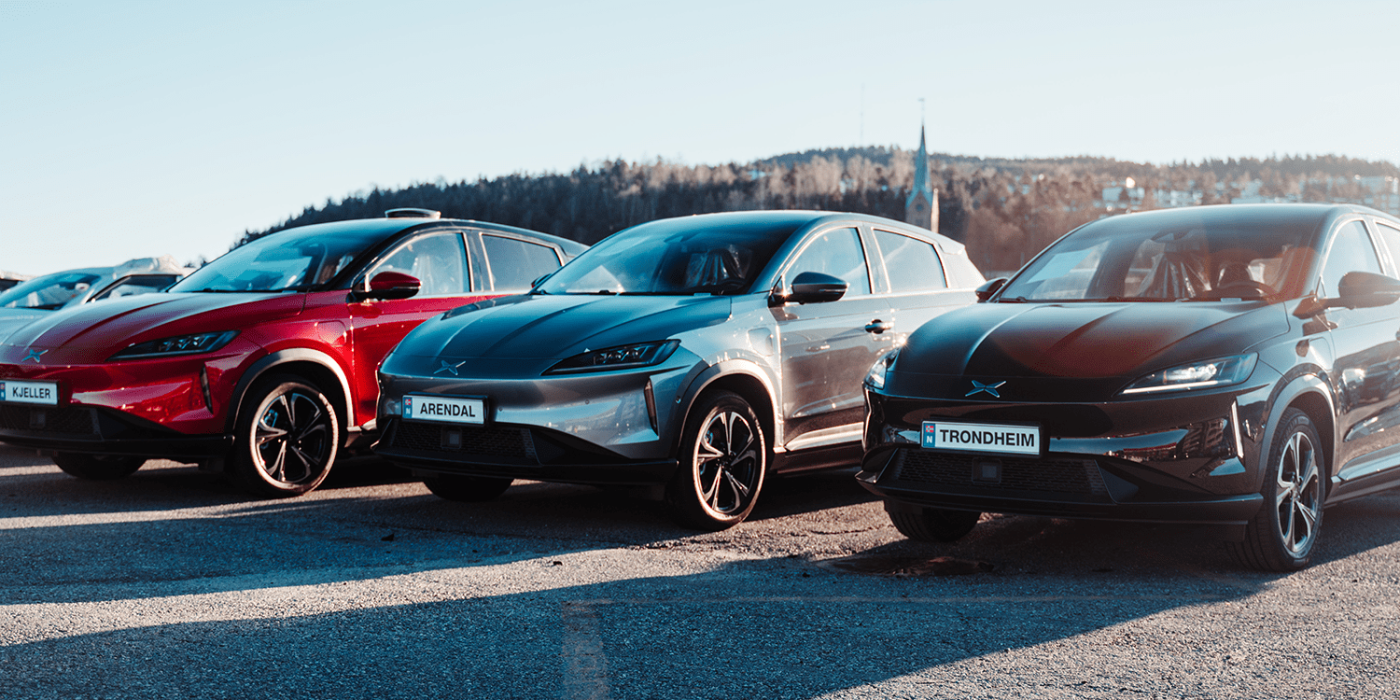Xpeng plans expansion to Europe
The Chinese electric car manufacturer Xpeng wants to decide within the next four months which European countries to enter next. In an interview, Xpeng President Brian Gu also indicated that production of electric cars in Europe was also conceivable in future.
After launching the G3 electric compact SUV in Norway, Xpeng plans to decide soon which European countries will be next in line. Gu did not give any hints in the interview with Automotive News. Europe has many established brands, so they were taking their time and working thoroughly, Gu said.
The Xpeng president is not afraid of being late because of this. “We don’t want to be late, but at the same time it’s much more important to establish your brand and reputation properly when you’re a new entrant,” Gu said. “You do this by having the right infrastructure, the right sales and service, and the right brand recognition. It’s easy to dump hundreds of vehicles on a country, but that’s not how to develop a business.”
He also said that selling the P7 electric sedan in Europe was under consideration, but there is no decision here yet. Gu then adds more room for interpretation: “In the future, we will take more European requirements into account in vehicle development.” So it’s quite possible that the P7 is not suitable in Gu’s eyes or is being used as a test balloon to understand European tastes and requirements better.
Gu also clarified that Xpeng wants to focus on China and Europe – there are currently no plans to launch in the US. Instead, the company plans to expand its product lineup with a focus on China/Europe. After another electric sedan was announced a few days ago as the third model after the G3 and P7, which is to go into series production before the end of 2021, a larger SUV based on the P7 platform will follow as the fourth model in 2022, which will be produced at the manufacturer’s second plant, the construction of which began a few months ago.
As part of that, he said, a plant in Europe is also a possibility. “If you have a large volume, you increase trade tensions between China and Europe [if you only import models], therefore having local capacity is much better. It is also better logistically,” Gu says. At the same time, he says, it’s probably better in Europe to take over an existing plant.
Xpeng also wants volume to come quickly. Unlike Nio, he says, the company is not a brand for the super-rich but is targeting the $30,000 to $45,000 segment or about 25,000 to 37,000 euros. The focus on this “most attractive market segment” is a distinguishing feature from other Chinese OEMs. Besides, there is strength in software development. While most competitors work with Tier 1 suppliers, Xpeng is the only manufacturer besides Tesla with end-to-end software development. However, there were disputes with Tesla on this very point. As reported, Tesla had sued a former employee in 2019 for taking autonomous driving software to Xpeng.
Gu gave a thumbs down to in-house battery manufacturing, as currently, Xpeng buys cells from CATL. ” It’s very capital intensive, but also a big technology risk that we don’t think we should take,” the Xpeng president said. “We want to work with leading suppliers, but we also want to control some of the key technologies; for example, we do our own battery management systems.”





0 Comments